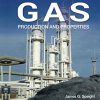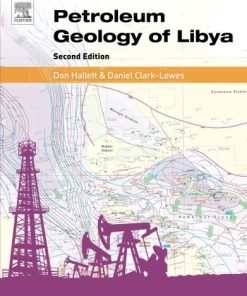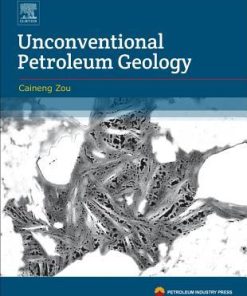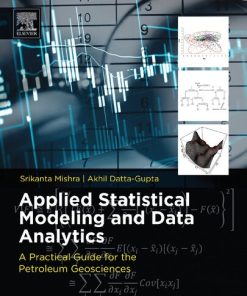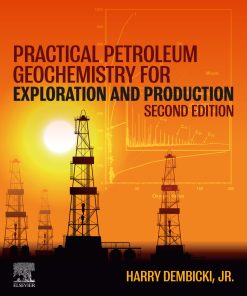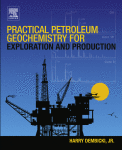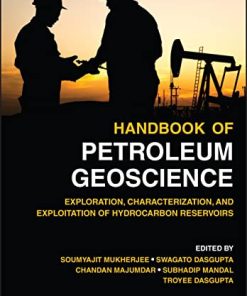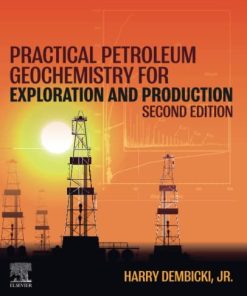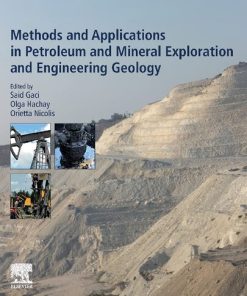(Ebook PDF) Practical Petroleum Geochemistry for Exploration and Production 2nd Edition by Harry Dembicki 0323959237 9780323959230 full chapters
$50.00 Original price was: $50.00.$25.00Current price is: $25.00.
Practical Petroleum Geochemistry for Exploration and Production 2nd Edition by Harry Dembicki – Ebook PDF Instant Download/DeliveryISBN: 0323959237, 9780323959230
Full download Practical Petroleum Geochemistry for Exploration and Production 2nd Edition after payment.

Product details:
ISBN-10 : 0323959237
ISBN-13 : 9780323959230
Author : Harry Dembicki
Practical Petroleum Geochemistry for Exploration and Production, Second Edition provides readers with a single reference that addresses the principle concepts and applications of petroleum geochemistry used in finding, evaluating, and producing petroleum deposits. The revised volume includes a new chapter on environmental forensic applications of petroleum geochemistry. With the current emphasis on environmental issues (pollution, climate changes, and corporate responsibility), information about how petroleum geochemistry can be used to recognize these problems, determine their source, help identify who is responsible, and how these problems may be mitigated are vital to efficient and economical operation of a project from exploration to production to abandonment. Practical Petroleum Geochemistry for Exploration and Production, Second Edition will continue to serve as a foundational reference to understanding the underpinning of the science, as well as a source of references that the reader can use to find detailed descriptions of methods and protocols.
Practical Petroleum Geochemistry for Exploration and Production 2nd Table of contents:
Chapter 1. Introduction
Introduction
A brief history of petroleum geochemistry
Definitions
Organic chemistry review
Stable isotope review
Chapter 2. The formation of petroleum accumulations
Introduction
Incorporating organic matter into sediments
Kerogen formation
Source rock deposition
Maturation and hydrocarbon generation
Petroleum migration
Origin of nonhydrocarbon gases
Coals as oil-prone source rocks
Summary
Chapter 3. Source rock evaluation
Definitions and fundamental concepts
Sample collection
Total Organic Carbon
Rock-Eval pyrolysis
Solvent extraction, S-A-R-A analysis, and extract data
Gas chromatography
Headspace gas analysis
Pyrolysis-gas chromatography
Kerogen isolation
Elemental analysis
Vitrinite reflectance
Alternative reflectance method
Visual kerogen typing
Thermal alteration index
Kerogen fluorescence
Conodont alteration index
Wireline log interpretations
Using outcrop samples
Strategies in source rock evaluation
Chapter 4. Interpreting crude oil and natural gas data
Introduction
Bulk properties of crude oil and natural gas
Phase behavior
Crude oil and natural gas alteration
Oil-to-oil and oil-to-source rock correlations
Crude oil inversion
Strategies and obstacles in oil correlation and oil inversion studies
Natural gas data
The source of natural gas: biogenic versus thermogenic
The maturity of thermogenic natural gas
Gas-to-gas and gas-to-source rock correlations
Strategies and obstacles in interpreting gas data
Chapter 5. Reservoir geochemistry
Introduction
Pay zone detection
High-molecular-weight waxes
Asphaltenes
Reservoir continuity
Production allocation
Production problems and periodic sampling
Monitoring enhanced oil recovery
Reservoir souring
Strategies in reservoir geochemistry
Chapter 6. Surface geochemistry
Introduction
Microseepage
Direct indicators of hydrocarbon microseepage
Indirect indicators of hydrocarbon micro-seepage
Microseepage survey design and interpretation
Onshore macroseepage
Offshore macroseepage
Locating potential seafloor seep sites
Sampling potential seafloor seep sites
Analyzing seafloor sediments for thermogenic hydrocarbons
Sea surface slicks
Chapter 7. Unconventional resources
Introduction
Coalbed methane
Shale gas
Shale oil
Hybrid systems
Hydrates
Chapter 8. Basin modeling
Introduction
Burial history
Thermal history
Modeling maturation, hydrocarbon generation, and expulsion
Modeling migration
Predicting preservation
Model validation
Sensitivity analysis
Volumetric estimations
The role of basin modeling in unconventional plays
Chapter 9. Petroleum system concepts and tools
Introduction
Elements and processes
Temporal aspects
Spatial aspects
Plays and prospects
A working petroleum system
Risking
Chapter 10. Environmental applications
Introduction
The scope of environmental problems
The fate of environmental contamination
Tools for environmental studies
People also search for Practical Petroleum Geochemistry for Exploration and Production 2nd:
petroleum geochemistry jobs
what is petroleum geoscience
practical geochemistry llc
practical geology
practical petroleum geology
Tags:
Practical Petroleum,Geochemistry,Exploration,Production,Harry Dembicki
You may also like…
Earth Sciences - Geology
Engineering
Technique - Oil and Gas Technologies
Engineering - Energy & Power Resources
Methods and Applications in Petroleum and Mineral Exploration and Engineering Geology Said Gaci



